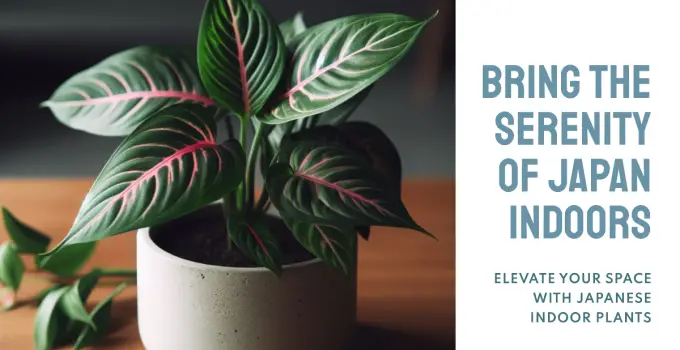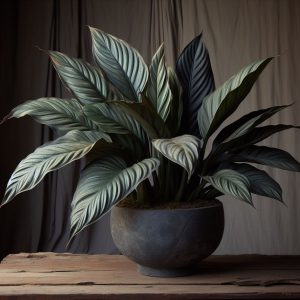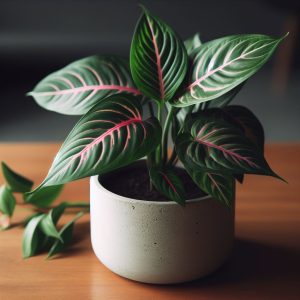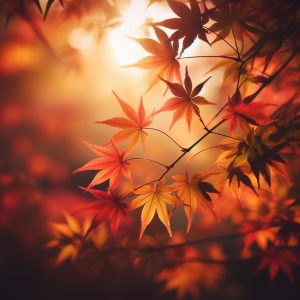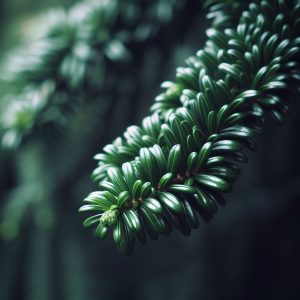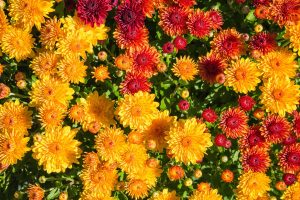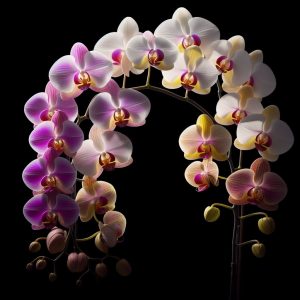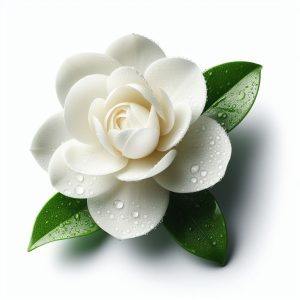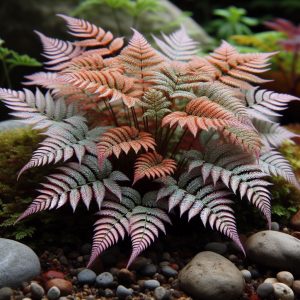10 Pack Refill Cartridges, 2025 Upgraded High-Stick Refills, Compatible with Indoor Light M364 & Max, Easy to Replace
25% OffPerfect Fit & Compatibility – Precisely designed for seamless use with M364 and Max plug-in devices, ensuring a secure 1:1 fit for optimal performance. Upgraded High-Stick Adhesive – Features enhanced viscosity for superior trapping efficiency, ensur... read more
2 × 4 FT 4th of July Decorations, 4 PCS American Pleated Fan Flag, Patriotic Fourth of July Banner, Red White and Blue USA Flag Bunting for Memorial Day Independence Day Parade Outdoor Decor
$26.99 (as of July 2, 2025 21:04 GMT +00:00 - More infoProduct prices and availability are accurate as of the date/time indicated and are subject to change. Any price and availability information displayed on [relevant Amazon Site(s), as applicable] at the time of purchase will apply to the purchase of this product.)Patriotic Design: The American Half Fan Banner features red and blue stripes and stars, typical red, white, and blue bunting elements to make your party festive. Celebrate your patriotism with this unique American bunting! Package Includes: The 4th J... read more
BUG-A-SALT Yellow 3.0
$49.95 (as of July 2, 2025 21:04 GMT +00:00 - More infoProduct prices and availability are accurate as of the date/time indicated and are subject to change. Any price and availability information displayed on [relevant Amazon Site(s), as applicable] at the time of purchase will apply to the purchase of this product.)Fire your fly swatter today and turn annoyance into fun with the BUG-A-SALT Yellow 3.0! Barrel has been lifted & Patridge sight added for extremely accurate blasting power within 2-3 feet. Keep away from children and pets. Updated with a new, rapid f... read more
2X3 American Flag for Outside | American Flag Made in USA Heavy Duty American Flags for Outside 2X3 with Embroidered Stars and Sewn Stripes - All Weather US
$27.98 (as of July 2, 2025 21:03 GMT +00:00 - More infoProduct prices and availability are accurate as of the date/time indicated and are subject to change. Any price and availability information displayed on [relevant Amazon Site(s), as applicable] at the time of purchase will apply to the purchase of this product.)2X3 AMERICAN FLAG MADE IN USA: 100% US Made American flag with vivid colors of deep blue and red designed through skillful work craftsmanship. Our American flag is made from durable poly nylon tested for all harsh outdoor weather conditions. INDEPEND... read more

